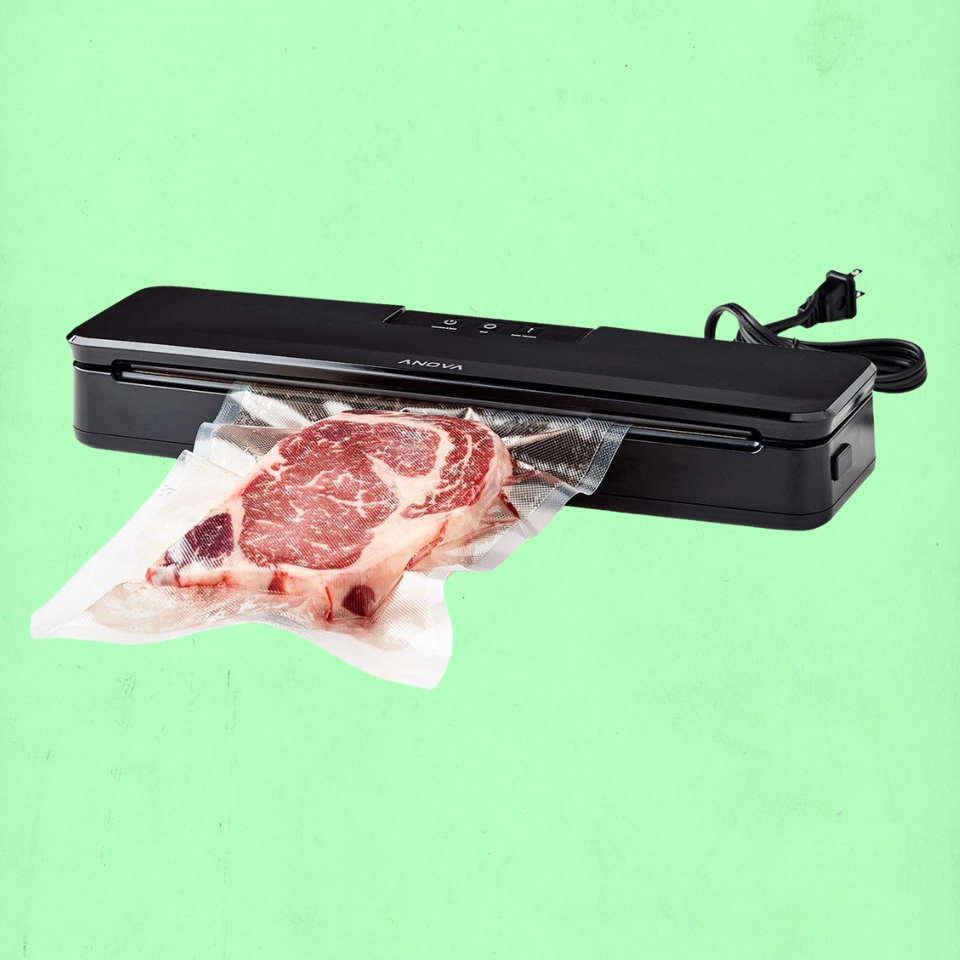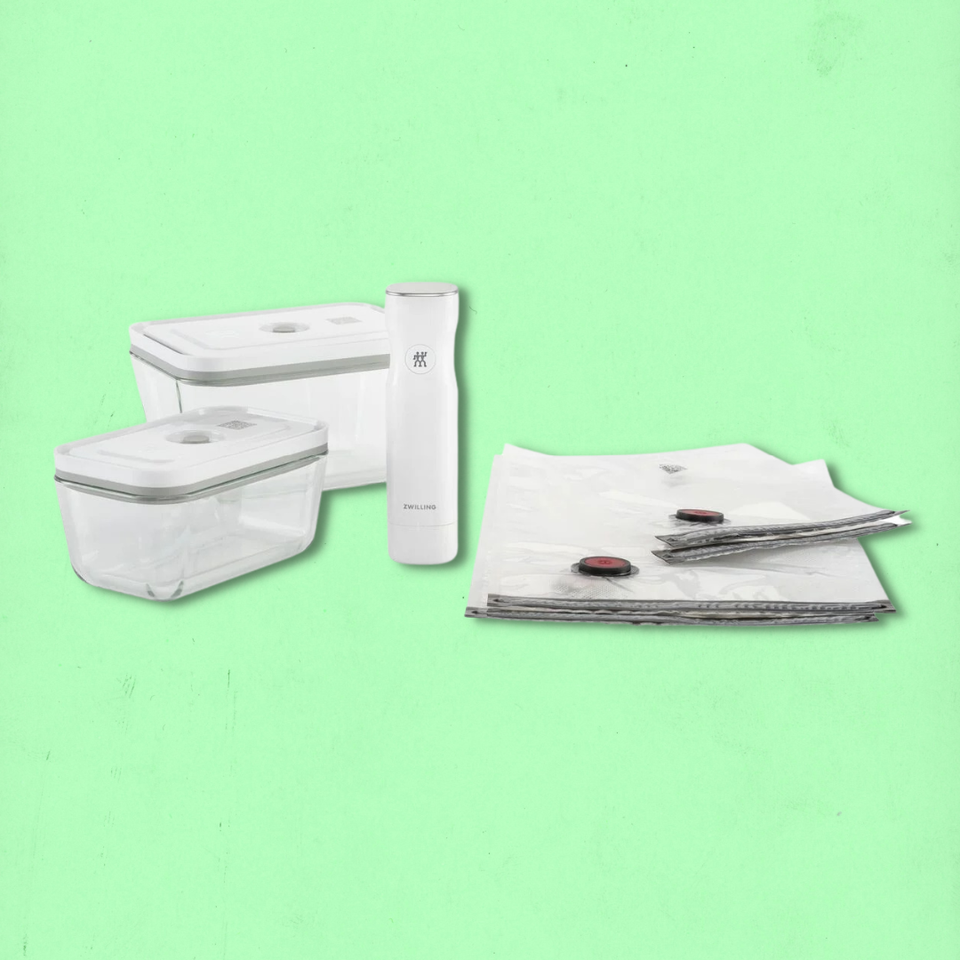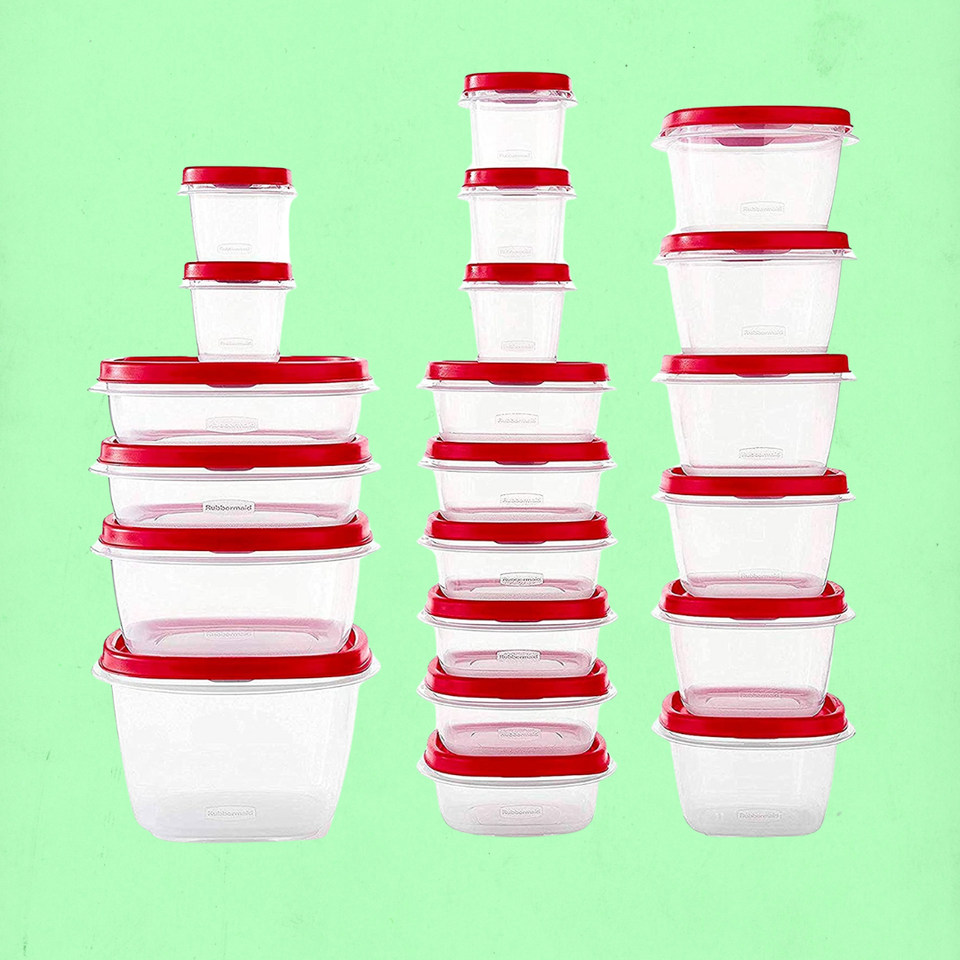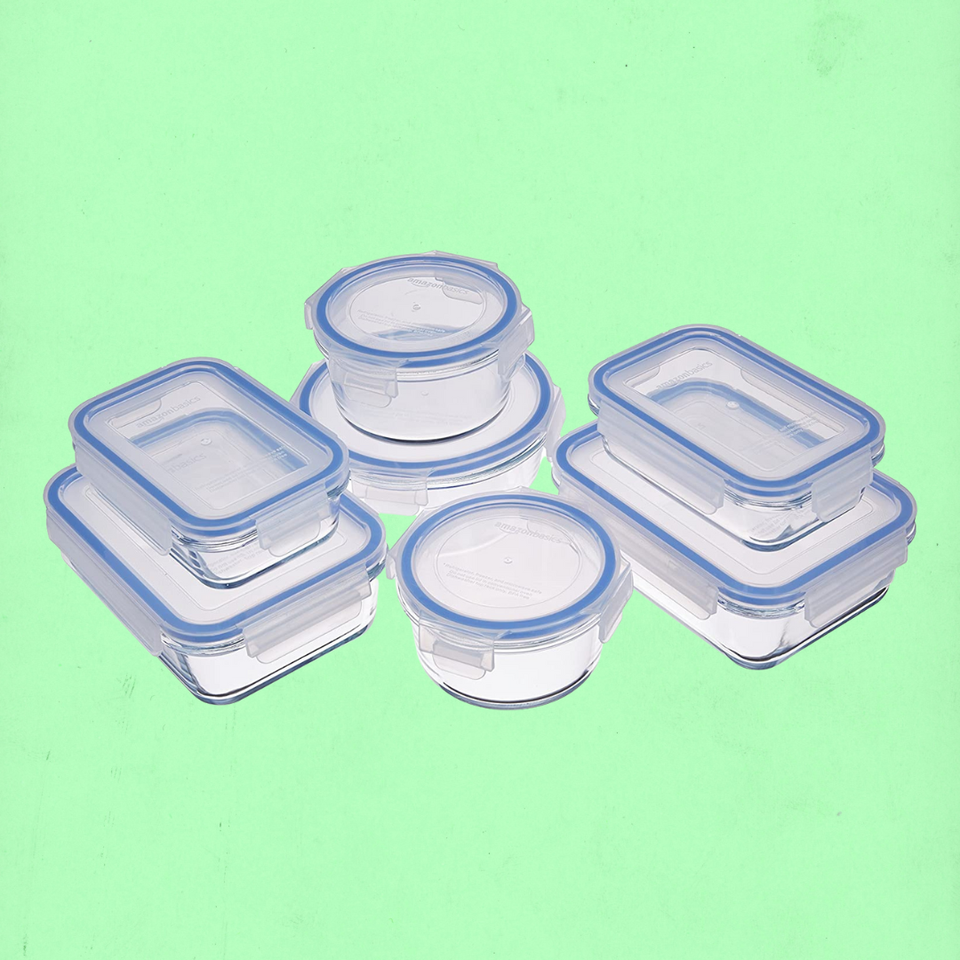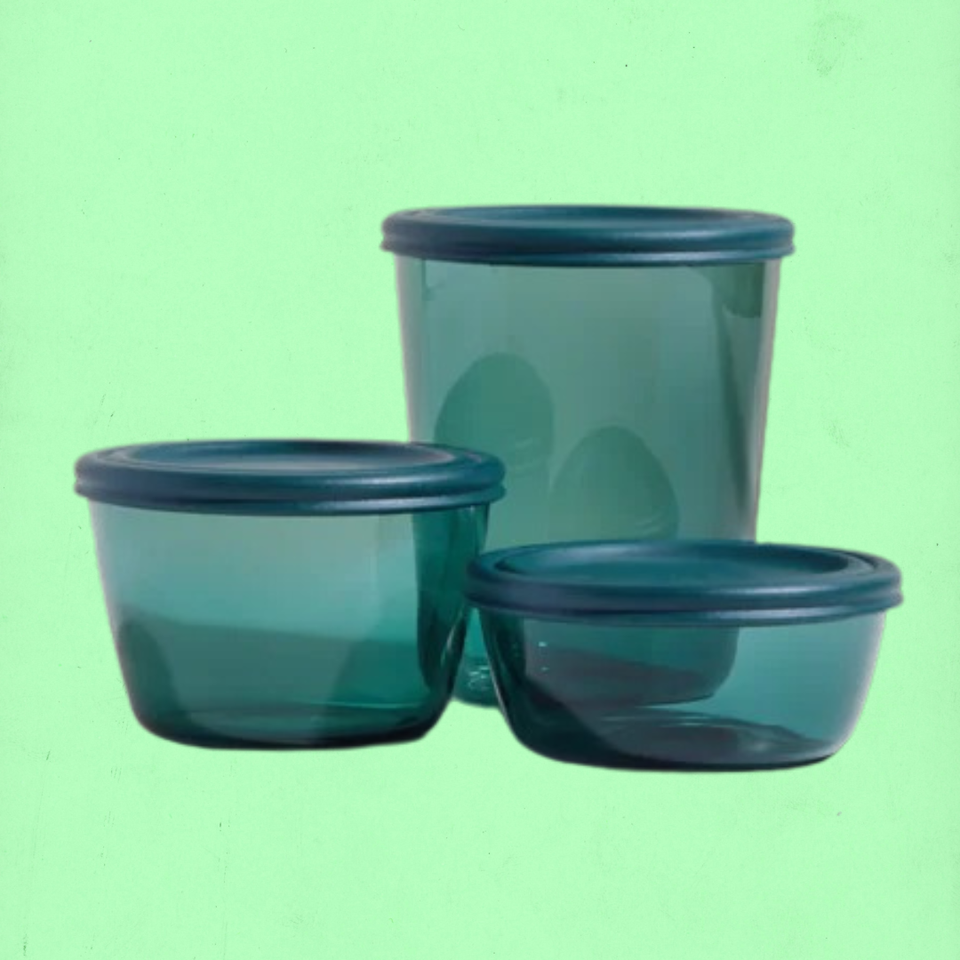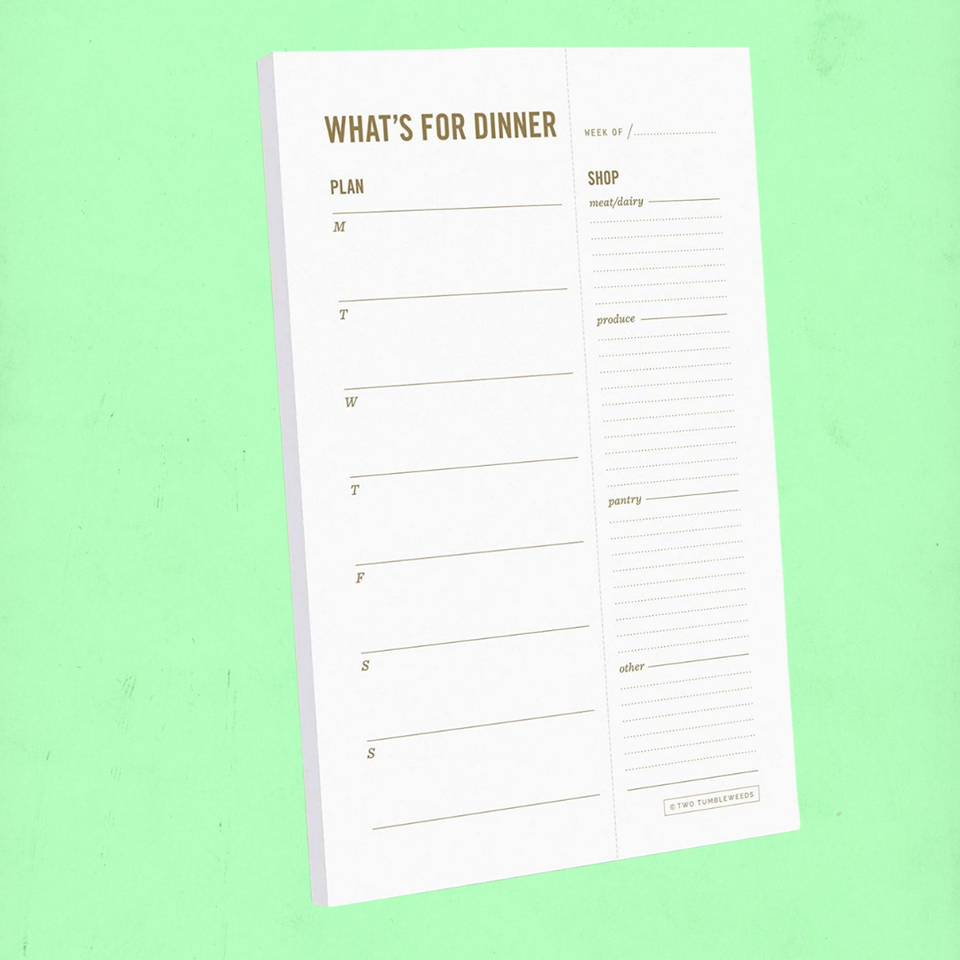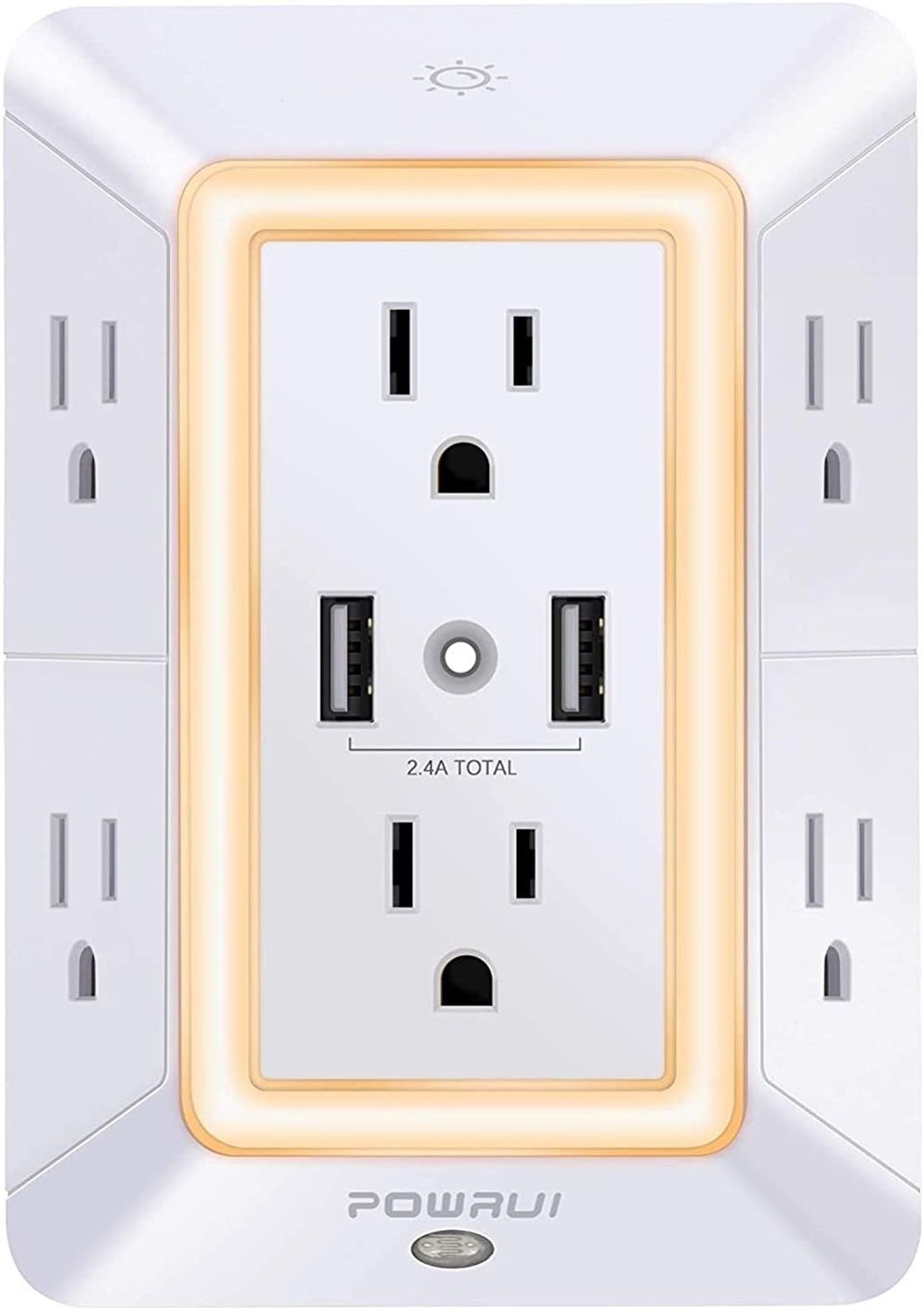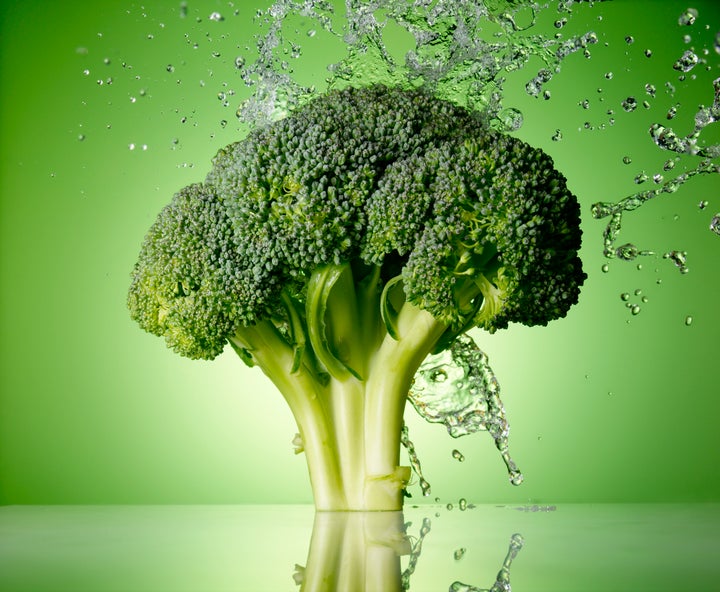
You’re not imagining it: Grocery shopping has gotten more expensive. A lot more expensive.
Last year, The U.S. Department of Agriculture predicted that food prices would rise between 10.5 and 11.5% in 2022. They’ve risen 11.4%, making the second-largest jump in prices since 1979.
Not only are prices up, but Americans also throw out between 30 and 40% of the food they purchase, according to the USDA. It’s impossible to stop buying food, but it is possible to cut down on your costs and to get food to last longer when you bring it home from the grocery store. Here’s what chefs around the country suggest.
How To Prolong The Life Of Groceries
All food has a shelf life. Many of us are unwittingly aging our food, though. Much of this comes down to improper storage. The trick is understanding how different foods react to light and temperature and storing them properly. It’s easier than most people think to not end up with soupy, unidentifiable greens.
Stop Putrefying Produce
One of the easiest ways to make produce last longer is to store it properly. “Don’t always store food in the packaging it comes in,” said Rece Hogerheide, the executive chef at the Daxton Hotel in Birmingham, Michigan. “Produce is the biggest thing to get out of the container. Produce bags trap condensation and ethylene, the gas released during ripening. These make things rot,” he said.
Some produce gives off more ethylene than others. The biggest culprit? Bananas. “Don’t put bananas near anything,” Hogerheide said. Because of the large quantity of ethylene they give off, they make everything around them ripen much faster.
Bananas aren’t the only thing speeding up ripening (which is one step before rotting). Onions are also aging produce they’re near, especially potatoes.
Speaking of potatoes, store them “in a paper bag and then place that in an airtight container. The paper bag sucks up the moisture so that the potatoes don’t get too wet,” said Rachel Garcia, owner of Montclair, New Jersey’s Dry Goods Refillery.
Because they are roots, potatoes should also be away from light. “I keep my potatoes in a dark cupboard or cabinet,” said Katarina Petonito, chef at The Duck & The Peach in D.C. “But not near the oven — you don’t want them to get too much heat.”
Be especially mindful of greens. “Greens need to breathe. All food naturally respirates. Take leafy/hardy greens and throw them in a large container with room (not pushed down),” Hogerheide suggested. “Airflow is crucial and pushing greens down just allows the gasses that ripen them to speed things up.” Hogerheide suggests placing a paper towel in the bottom of the container and changing it every few days. “This absorbs the condensation that forms and keeps greens crisp,” he said.
Produce that comes in a bag with holes is OK to leave in the packaging, several chefs reported. Many can go in the fridge, but “Don’t put your tomatoes into the fridge. It creates a reaction in the tomato, it gets mealy and gross,” Petonito said. She also suggests placing masking tape where the fruit meets the vine to prolong freshness.
Another trick to keeping produce at its peak is water. Garcia said, “Submerge carrots, celery, radishes and citrus in water.” She also shared that broccoli should be stored in water, although a little differently. “Broccoli is like flowers. Cut the edge and stand in about an inch of water.”
While water works in this sense, it’s a different story for berries, Garcia warned. Especially berries without a skin, like strawberries or raspberries. She said, “Don’t pre-wash anything. Put berries in as airtight a container as possible and keep them in the fridge. Wash them right before eating them.”
Alex Tubero, the executive chef at Manhattan’s Amali Restaurant, also weighed in on berries and keeping them away from water. He said, “If you look at a blueberry, there’s a thin light bloom on the skin. This is a natural water repellent. We tend to bring our blueberries home and soak them in water, but that’s washing off that natural barrier and letting the moisture in.”
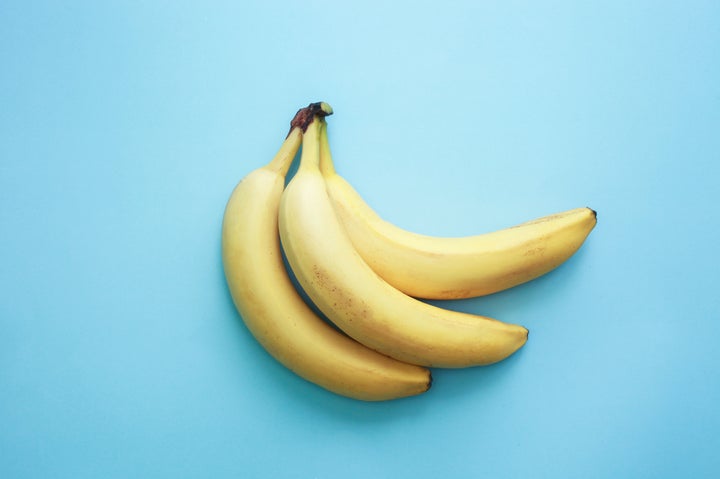
When buying heads of garlic, or bags of cloves, you can easily prolong their life and freshness, according to Nic Brunina, the executive chef at Pangaea in North Bennington, Vermont. “I use a lot of oil to preserve garlic. Place it in a reusable glass jar, fill it with vegetable oil and place it in the fridge.”
Prolonging Poultry And Proteins
“With proteins, especially vacuum sealed, don’t introduce oxygen. Leave it in the container it came in,” Hogerheide said.
Tubero suggested: “Don’t wrap your chicken in plastic. If you have extra, put it in a paper towel and let it breathe.” Tubero explained that once opened, keeping a package of chicken stewing in its own juices speeds up the process of going bad. If you open a package and use some protein but not all of it, remove the extra. “Season it quickly with salt, let it sit for 10 minutes and then rinse it, pat it dry, put it in the paper towel in the fridge.”
Just be sure to store it in the bottom of your fridge. Proteins carry salmonella, e. coli and other bacteria that can infect other foods.
What About Bread And Baking Ingredients?
“Keep bread in the fridge. Only leave it out if you’re going to eat the same day. Buy it sliced and keep it in the freezer,” said Rochelle Cooper, the pastry chef at La Collina in Washington, D.C. Cooper’s expertise in pastry will pay off for anyone heading to the grocery store after reading this. (Note: Keeping it in the fridge won’t give it the best texture, but it’ll extend its life. You can also freeze it for an even longer life.)
Cooper said, “Keep flour in a bag in the pantry.” She explained that weevils — a type of beetle that eats rice, grain, cereals and other starches — can be in the bag. They lay their eggs and then the larvae hang out and eat, destroying ingredients and spreading all over your home. “The bag keeps the weevils in one bag instead of going bag to bag.”
Bugs aren’t the only issue threatening flours, though. “Some flours have higher protein or whole wheat and bran. If you don’t move through them quickly or put them in the fridge, they can go rancid,” Cooper said. This applies to nuts, nut butters and nut flours, too. Keep those in the fridge unless you’re using them up very quickly.
Cooper also had valuable information on prolonging dairy. Butter should not simply be left in the butter dish built into your fridge drawer. “The wax paper is not enough of a flavor-protective layer. Put it in an airtight container, because it will pick up other flavors,” Cooper said. This is a major reason people toss butter.
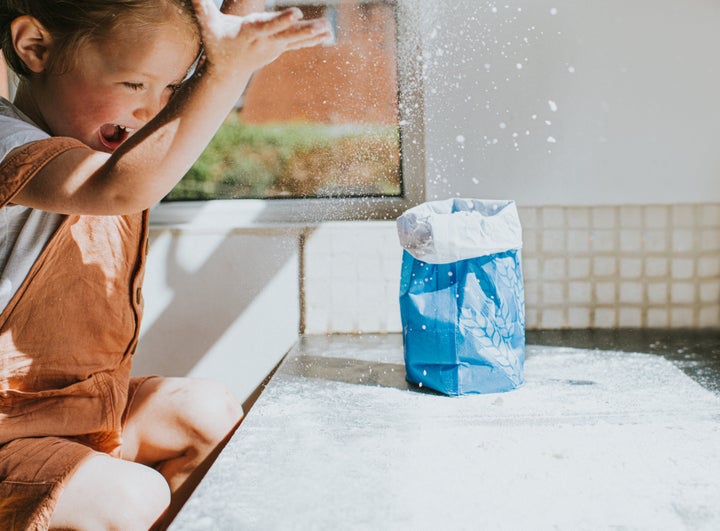
Finally, Cooper had advice about everyone’s favorite freezer item, ice cream. “After you dig in, put wax paper on top so it doesn’t get ice crystals.” She recommends pressing it down to eliminate space.
A Little Prep Goes A Long Way
While prices likely won’t return to normal any time soon, there are so many ways you can prolong the life of your food just by making a few container switches and being mindful about which ingredients are stored where.
One piece of advice, from Brunina, is to invest in a vacuum sealer. Many meant for the home kitchen are priced under $100. “They’re quick and easy to use,” Brunina said. He recommends buying big: getting a larger amount of meat and then portioning it for meals, vacuum sealing it and placing the items in the freezer. It’s economical and easy.
Every chef recommended calendaring your food. While meal prep is not for everyone, looking at your next few nights and thinking about what you have and starting your shopping list from there makes more sense than walking around and thinking about all of the things you could make. “If you’ve got chicken, think about the many ways you can use it,” Brunina said.
Chefs also recommended being realistic about what your week looks like to avoid overbuying.
If you’re ready to prolong the life of your groceries, here are several items that will help make your food last longer:
HuffPost may receive a share from purchases made via links on this page. Every item is independently selected by the HuffPost Shopping team. Prices and availability are subject to change.
